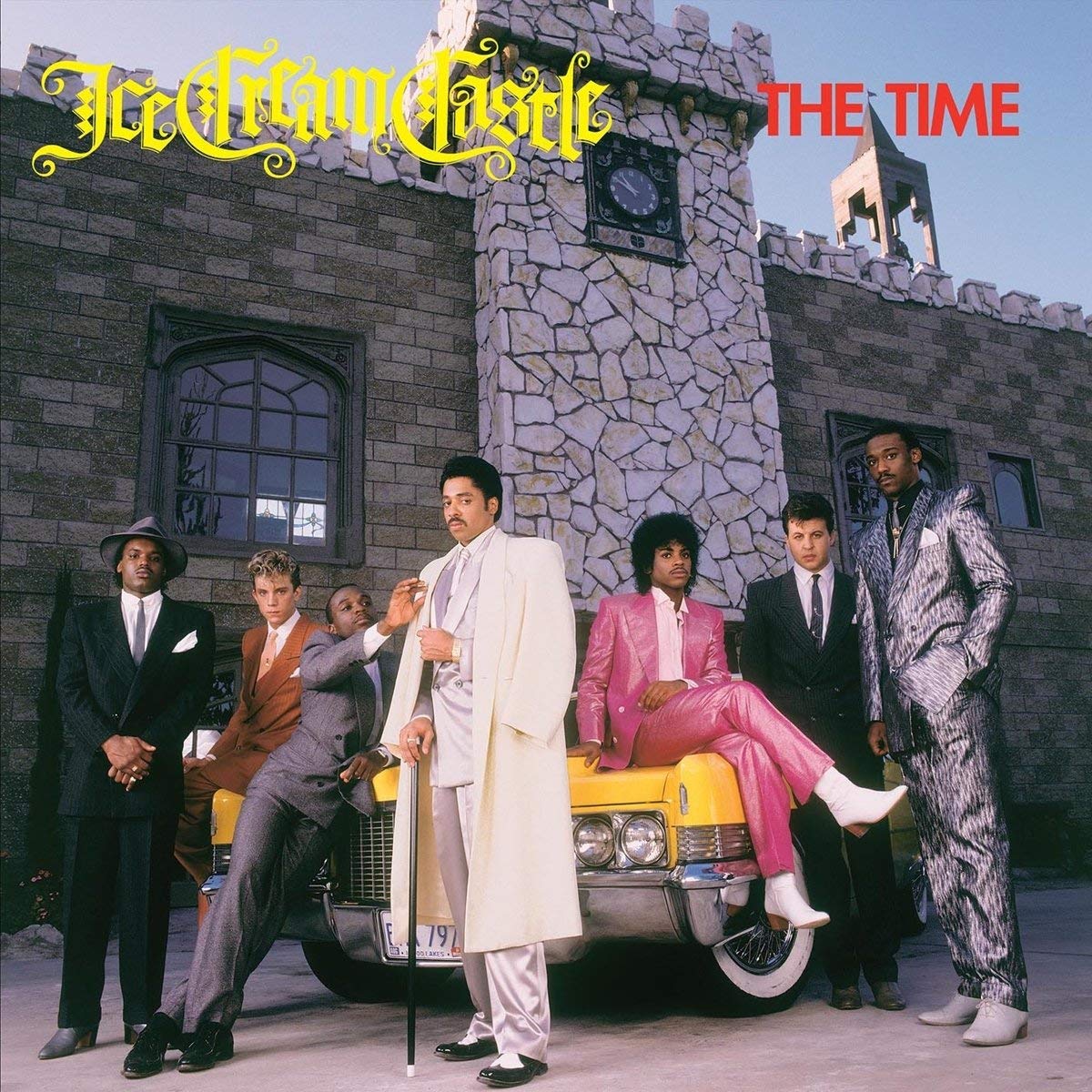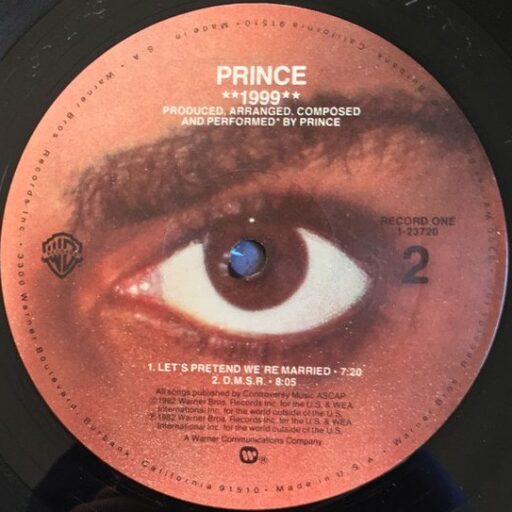Tag: if the kid can’t make you come
-

Roundup: Ice Cream Castle, 1984
Can you believe that the last time we had a proper album roundup it was for 1999, way back in March of 2020? On second thought, don’t answer that. I know my snail’s pace as a writer is a recurring theme in these updates, and at this point, I’m not even apologizing for it; you…
-

Wednesday
“Wednesday” is over so quickly that it may take a few listens for the grim desperation of its lyrics to register.
-

Podcast: 40 Years of The Time – A Conversation with Darling Nisi and Harold Pride
Darling Nisi and Harold Pride return for another in-depth retrospective on the 1981 debut album by the Time.
-
Vibrator
A bold demand for a woman’s right to sexual pleasure, filtered through the distinctly 20th-century male anxiety of being replaced in the bedroom by a machine.
-
Velvet Kitty Cat
A mildly naughty bit of fun, its lyrics loaded with winking references to “man’s best friend[,] furry, cuddly & fat.”
-
If the Kid Can’t Make You Come
So sumptuous is “Kid” on a purely musical level that its more front-and-center narrative elements feel crass and unsophisticated by comparison.
